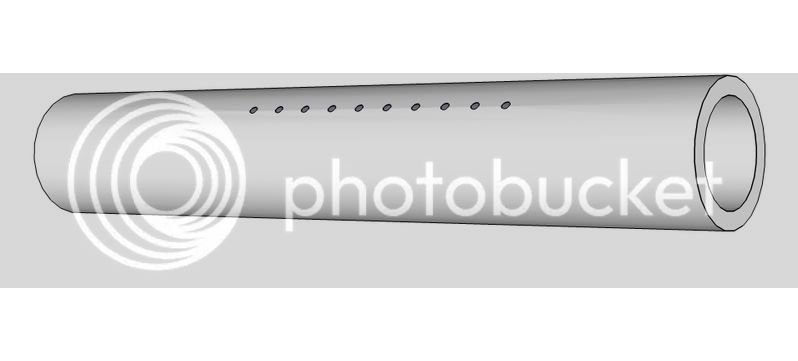Forbein11
Well-Known Member
Went to a wedding yesterday and met a brewer for a good sized brewery (Very well known) in New England. I was talking to him about brewing and he asked how I aerated my wort. I told him that I've done fine using a sanitized spoon and mixing the hell out of it till my hand hurts too much to continue. He then told me not to worry about it. He said to either put one drop, no more, of olive oil into the beer or take a sanitized rag and wipe a ring of olive oil around the bucket and then pitch the yeast. Said it builds strong cell walls for the yeast and no aeration needed. No need to sanitize. I've never heard this before. Anyone else? Sounds odd, but considering the source, I'm going to give it a go this week.
Also, told him I was trying to get my efficiency up (about 68-70%). He said they plan most everything for 70% and big beers for approximately 60%. Made me feel better about my process.
Also, told him I was trying to get my efficiency up (about 68-70%). He said they plan most everything for 70% and big beers for approximately 60%. Made me feel better about my process.













